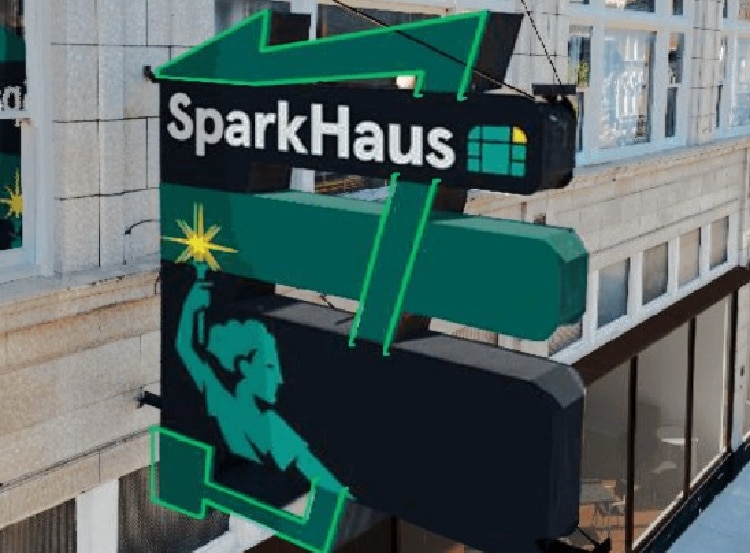UC sled design brings home bronze medal at Sochi Winter Olympics
This past weekend, U.S. Olympian Matt Antoine took the bronze medal in the skeleton competition at the 2014 Winter Olympics. The skeleton sled he used while competing, the ProtoStar V5, was designed by a team led by Grant Schaffner, an assistant professor in UC’s Department of Aerospace Engineering and Engineering Mechanics.
This past weekend, U.S. Olympian Matt Antoine took the bronze medal in the skeleton competition at the 2014 Winter Olympics. The skeleton sled he used while competing, the ProtoStar V5, was designed by a team led by Grant Schaffner, an assistant professor in the University of Cincinnati’s Department of Aerospace Engineering and Engineering Mechanics.
The sled design team, also headed up by Tuffy Latour, the head skeleton coach for the U.S. Bobsled and Skeleton Federation (USBSF), are celebrating the bronze in addition to the gold and bronze medals awarded to drivers of the ProtoStar V5 skeleton sled last fall in World Cup competition.
The development of the skeleton sled is a partnership between Cincinnati-based ProtoStar Engineering (the lead company for the technology team), UC’s College of Engineering and Applied Sciences (CEAS), Fairfield-based Machintek Corporation, deBotech Inc. of North Carolina and Carpenter Technology Corporation of Pennsylvania. Testing got underway last September at the A2 Wind Tunnel, a premiere aerodynamics testing facility in Mooresville, N.C.
The skeleton competition is similar to a luge, only the athlete lies with their head at the front of the sled instead of the rear. The skeleton sled has a speed range between 70-to-90 miles per hour, with each track taking a minute or less to complete.
One of the founding principles of the Protostar’s design is to bolt it together, rather than weld it together, making it easier to change out parts. “This has allowed for a continuing improvement process, whereby we can adjust the structural characteristics of the sled from one race to the next, or try things out during test sessions, to find out what works best,” Schaffner says.
Antoine’s bronze medal marks the first medal for an American man in the skeleton competition since Jimmy Shea’s gold in 2002.
By Mike Sarason














